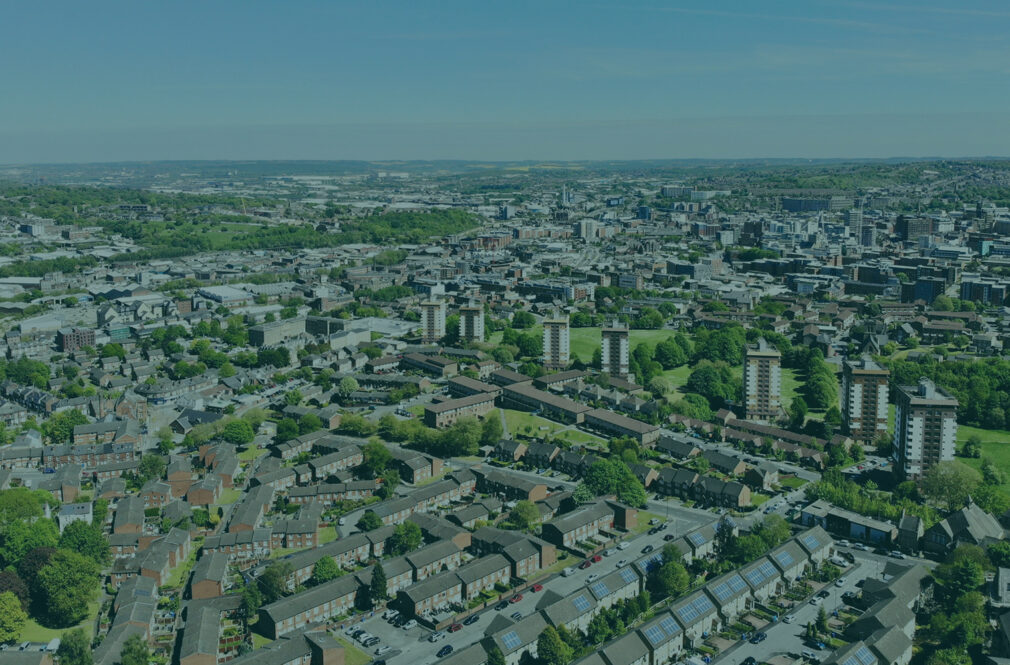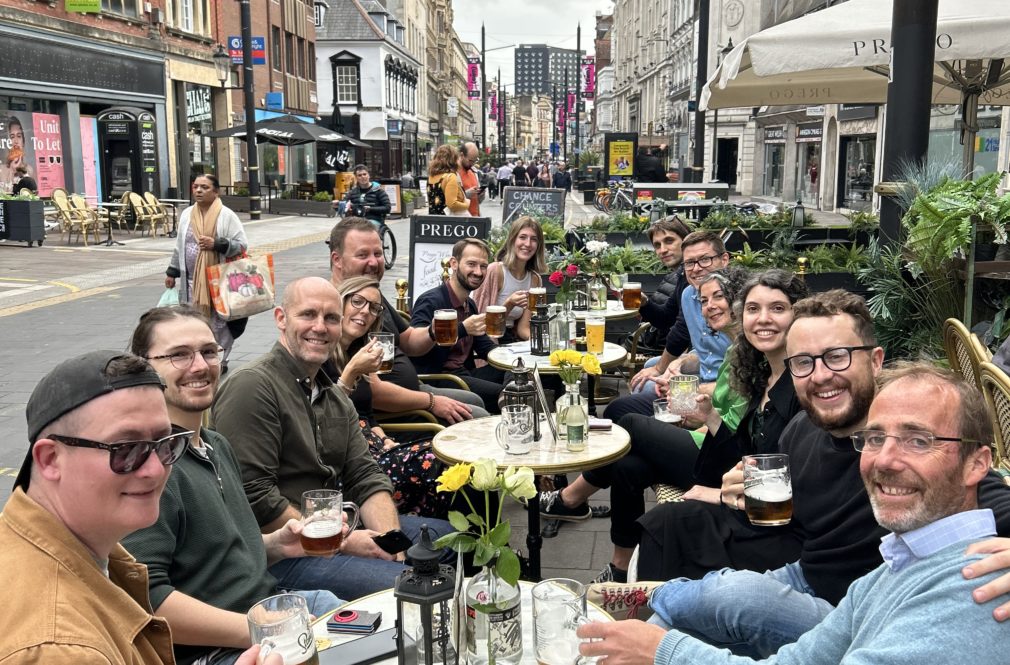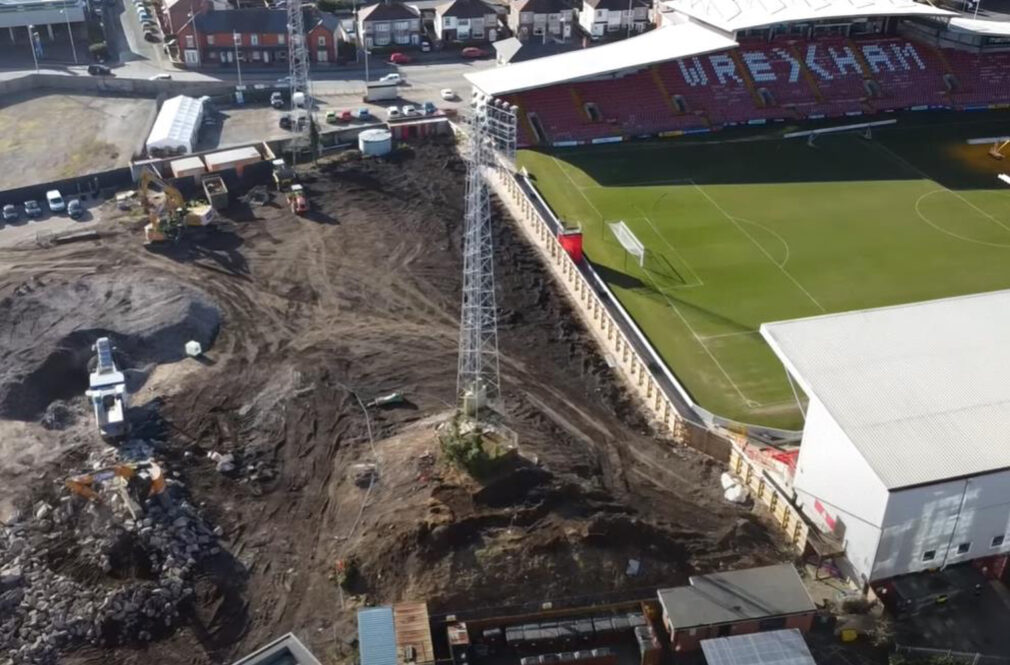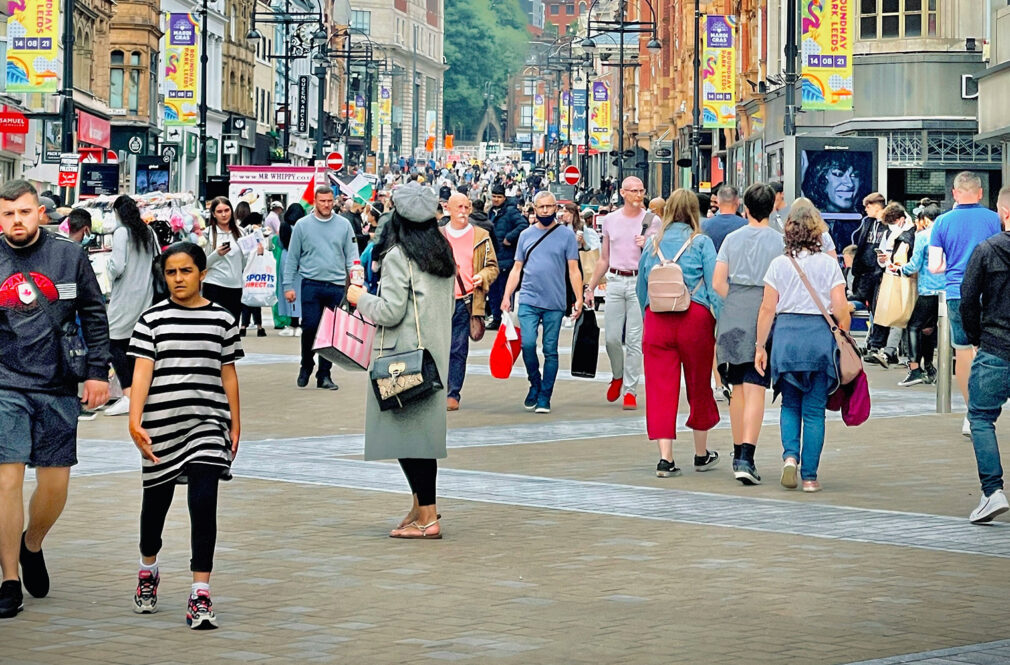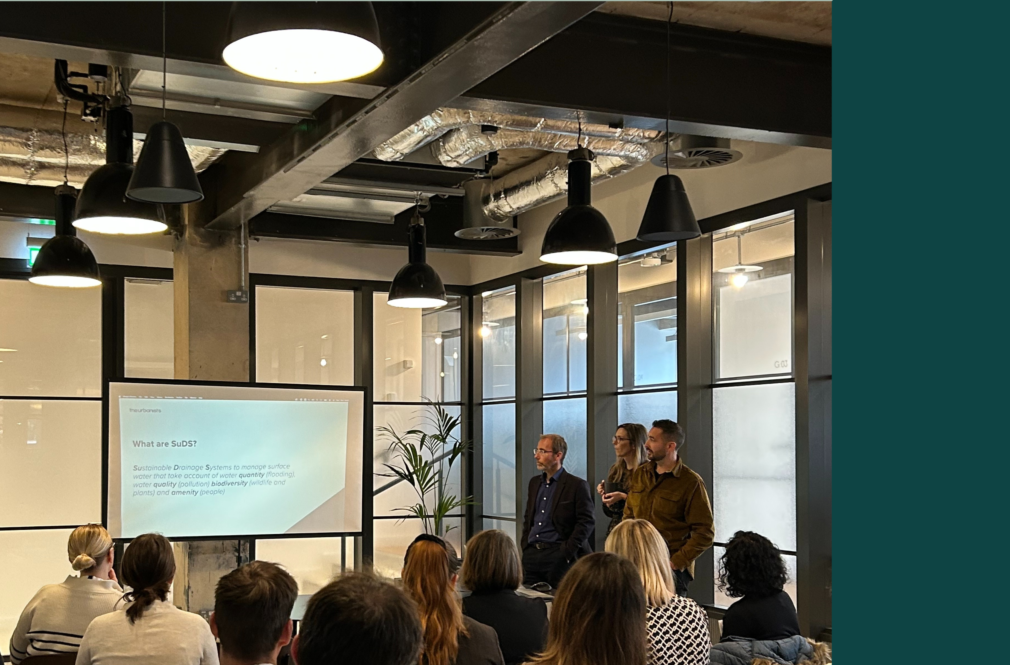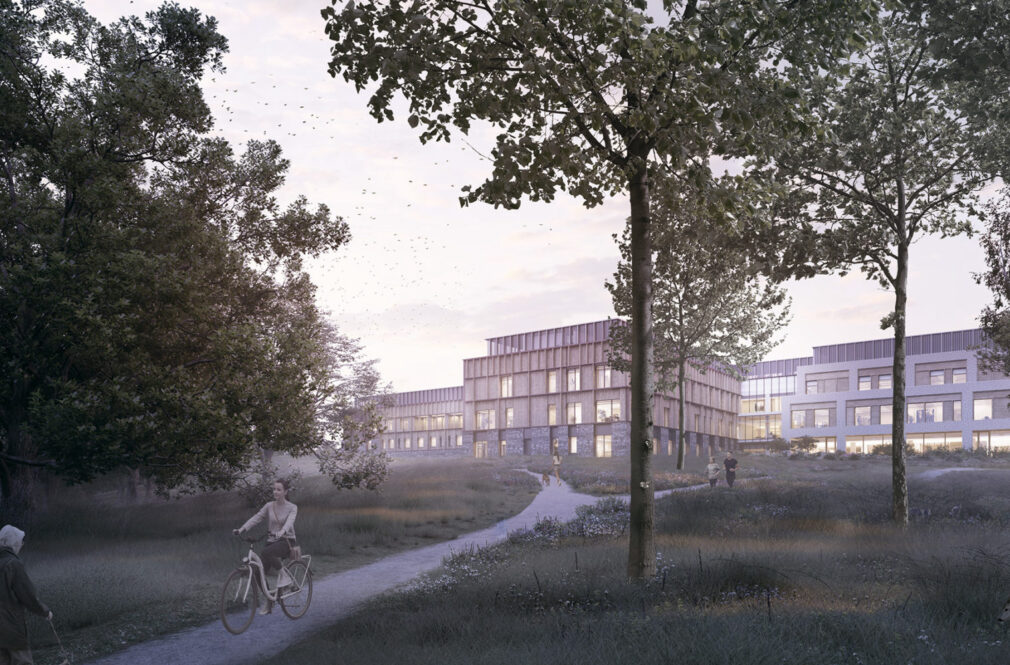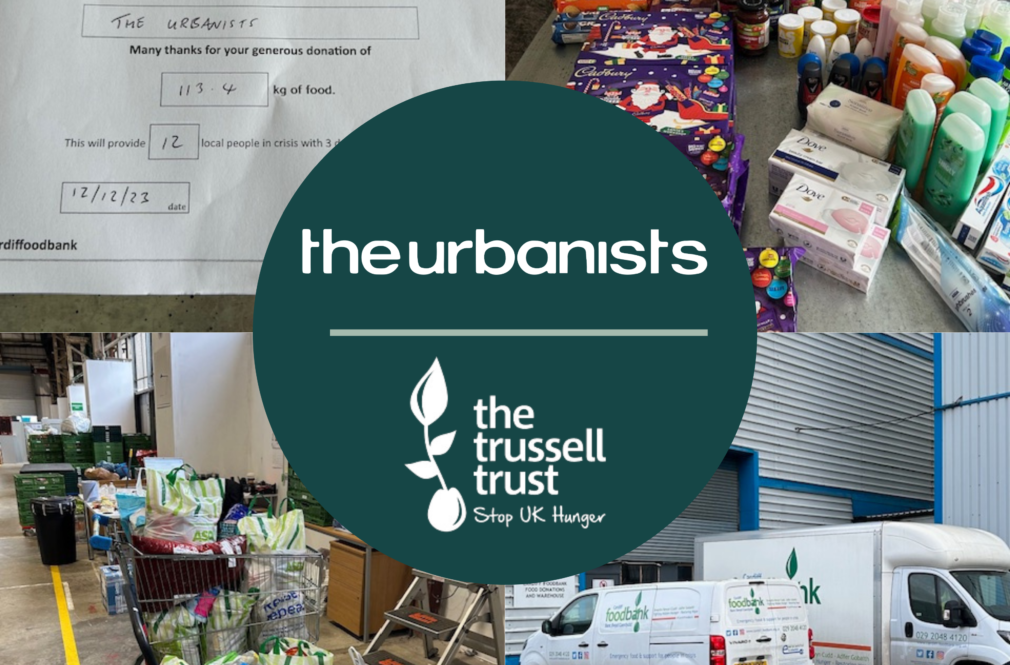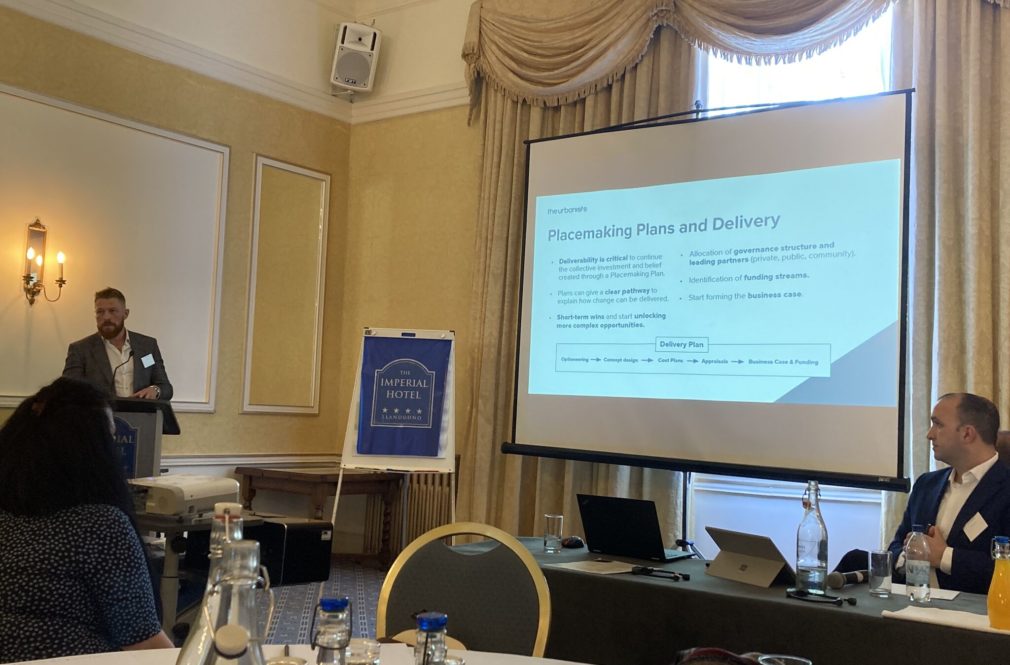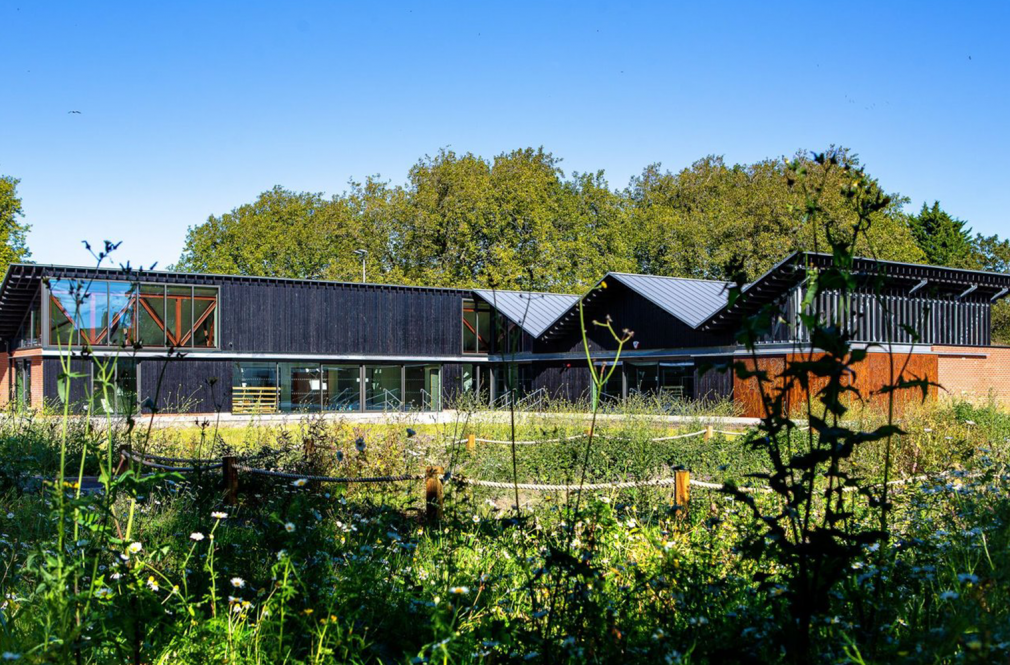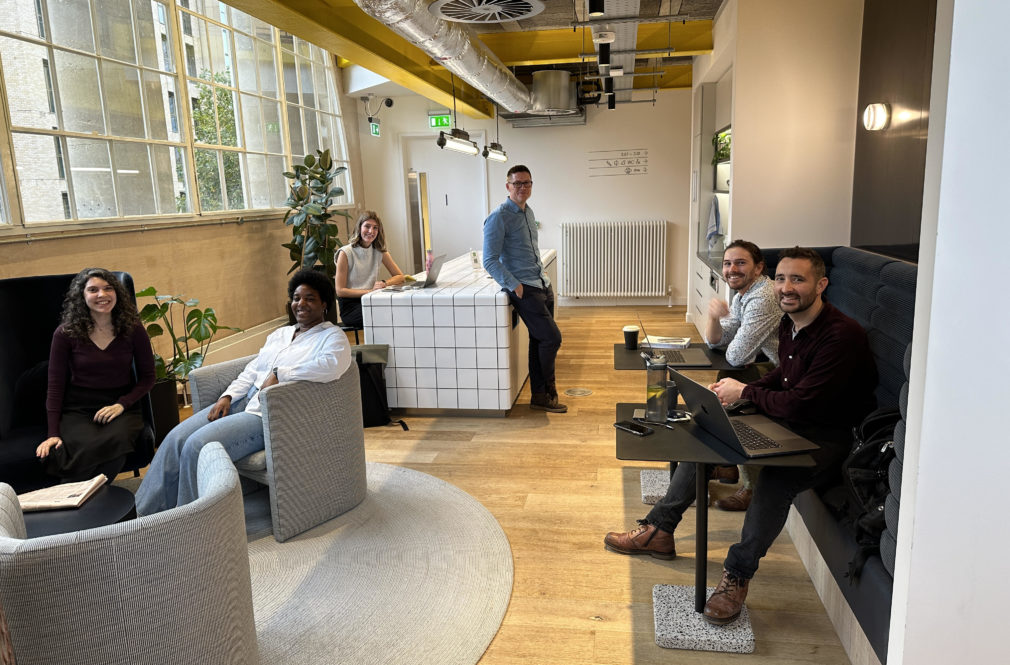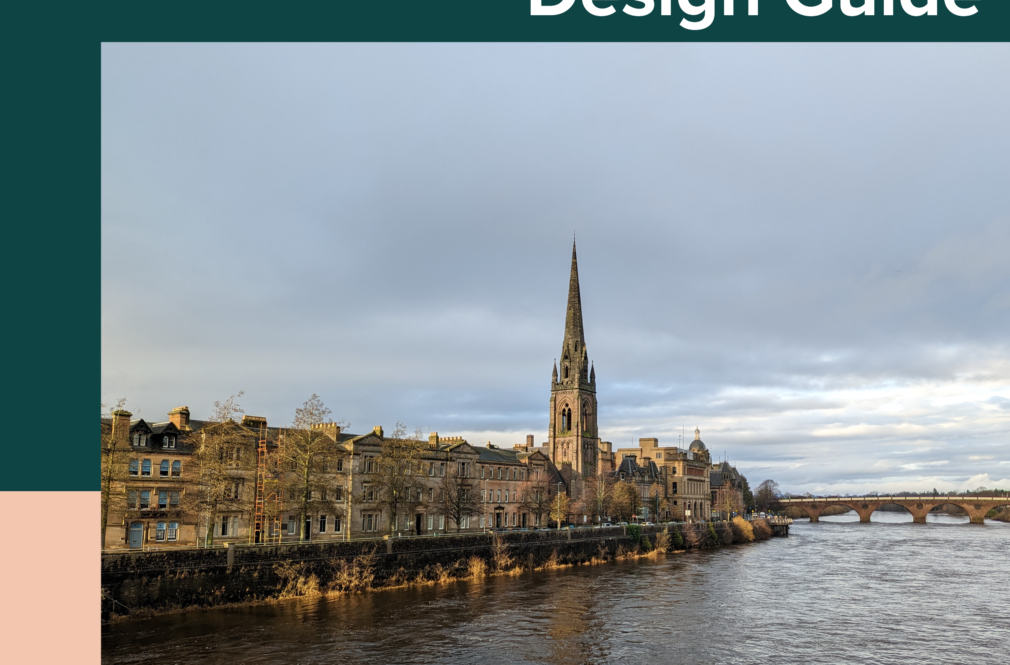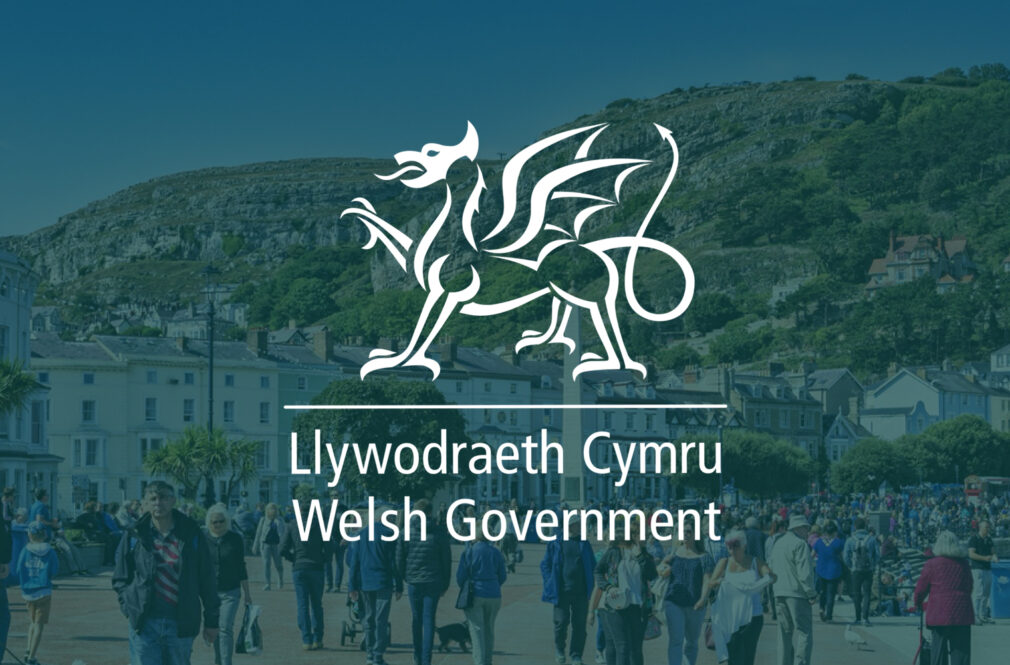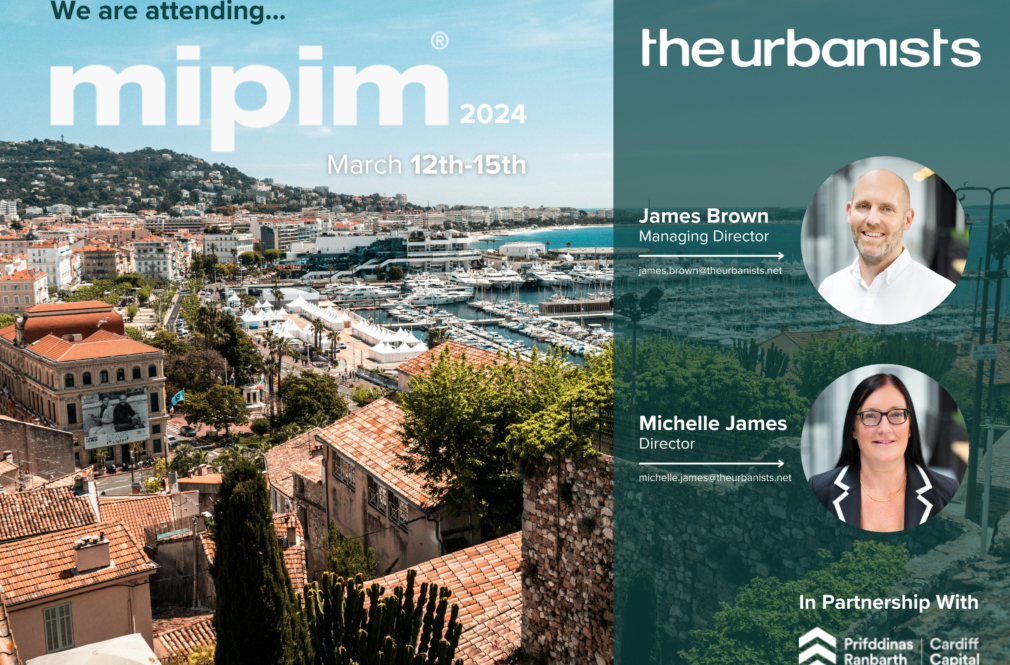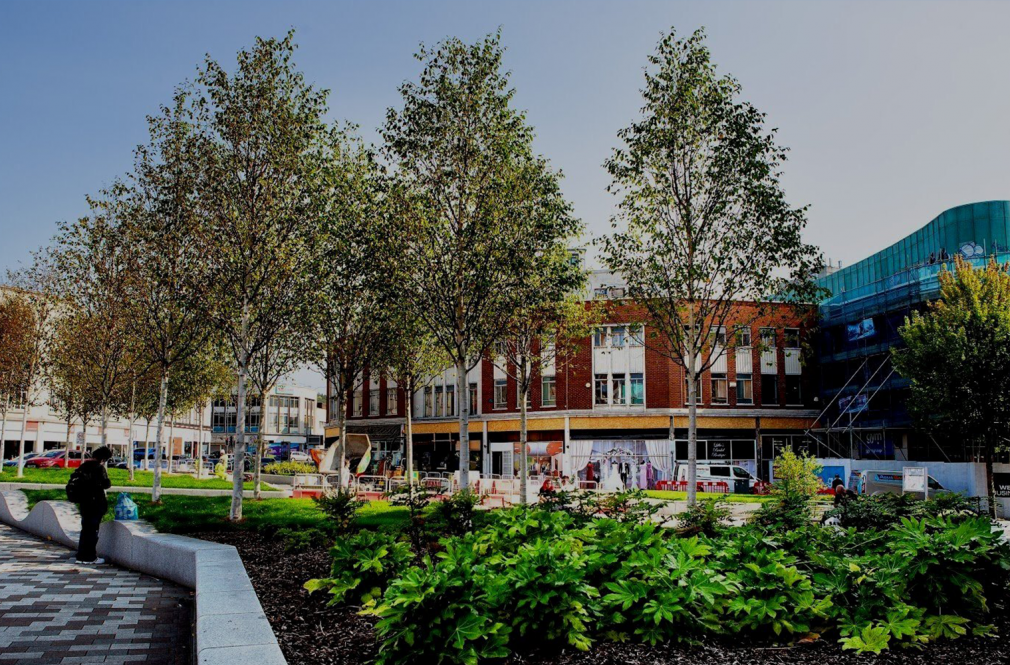The Numbers-Density-Quality Conundrum – A Story of Housing Delivery in Bristol
Mike Fox, Director at The Urbanists, considers the role density has to play in delivering the housing Bristol needs.
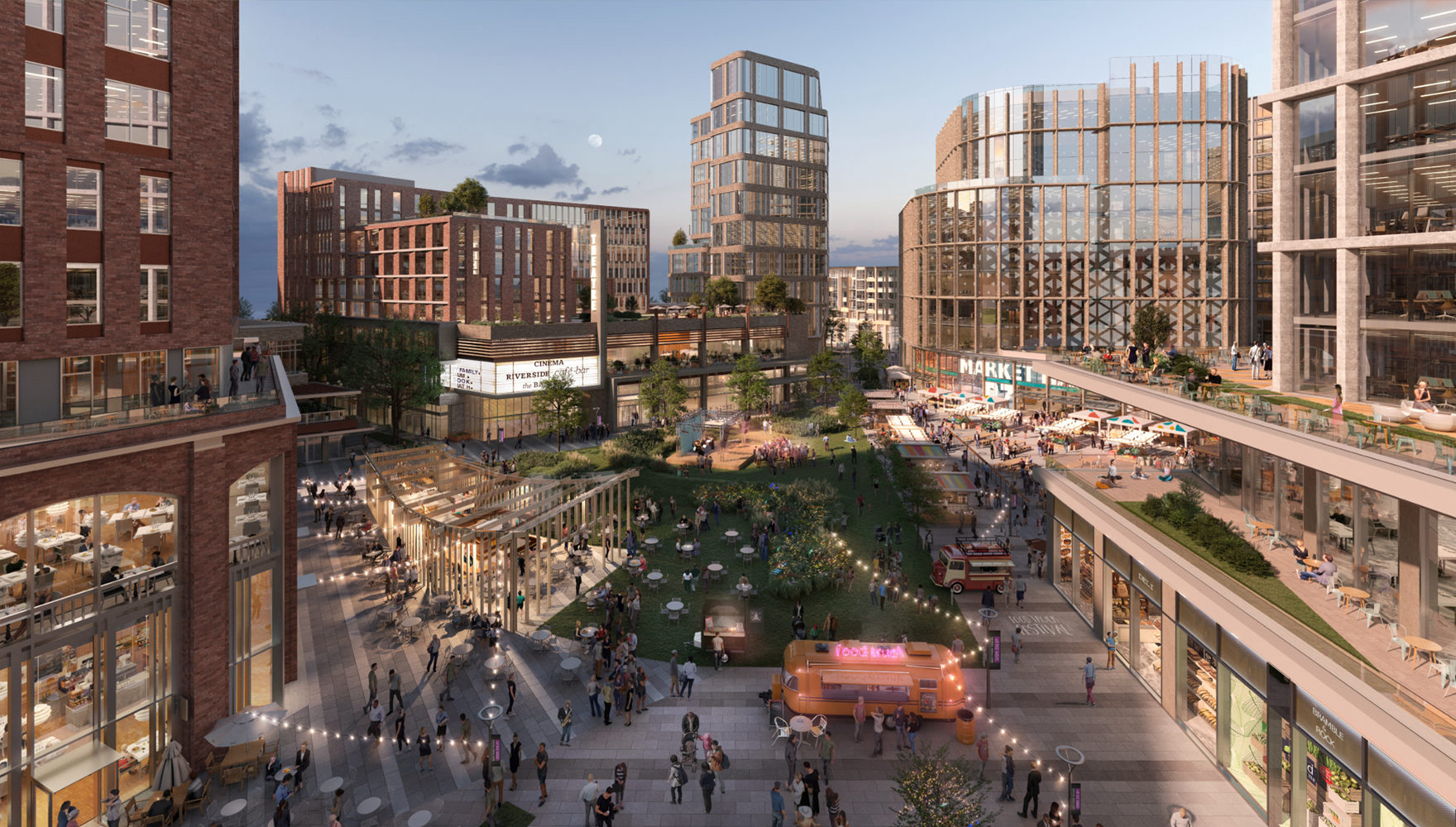
Bristol is in many ways a victim of its own success. As a popular and welcoming city, with a thriving tech, creative and financial and professional services scene, it holds particular attraction for highly-skilled workers, especially from London, which has resulted in significant demand for housing, particularly family housing. This level of demand, combined with constrained supply has led to average house prices out-performing London, with average prices increasing 25%, versus 10% for the capital over the last 5 years (source Knight Frank). This also underpins its status as one of the most unequal cities in the UK, with the average house price over 9 times the average annual salary.
The latest iteration of the Bristol Local Plan Review, published on 28th November, has challenged Central Government’s blanket 35% housing uplift for the 20 largest cities in the UK. Adopting a more evidence-based approach, it sets a lower target of 2,600 (versus c.3,600) a year, or 52,000 up to 2040. Nonetheless, with the last iteration of the Local Plan Review predicated on delivering 33,500 homes up to 2035, this remains a significant amount of housing, which significantly exceeds historic delivery of around 2,000 a year.
So, any way we look at it, Bristol – the Council, developers, housing associations and the community – has a lot of housing to deliver together. The question remains, how to do so on such a limited area of land, which in light of recent political decisions is decreasing? The answer: it has to be density. ‘Optimum density’, ‘gentle density’, whatever you call it, density will be key. Mayor Marvin Rees’ recent blog article (‘Building a better Bristol’) is a call to arms on the subject. It is a wide-ranging and comprehensive piece, extolling the virtues of development at density. Reducing the need to travel by car; more viable infrastructure (such as mass transit); greater footfall to support shops and services; and vibrant streets throughout the day, the benefits of density can be wide-ranging. That is, provided it is supported by investment in streets and spaces and responds to the sensitivities of the local context i.e. not density at all costs. There is a reason why there is a strong correlation between some of Europe’s densest cities, and those with the best quality of life, with cities such as Copenhagen, Lisbon, Stockholm, Amsterdam and Barcelona – cities of a much higher density than Bristol – regularly topping liveability charts. Fundamentally, it is about capturing the benefits of density, while minimising the drawbacks, through good contextual design and good ‘placemaking’.
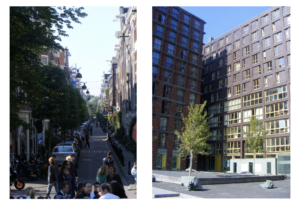
Amsterdam: A city that has long embraced density
It is encouraging to have seen, over recent years, both Bristol and South Gloucestershire Councils in particular grasping the density nettle. Following London’s lead before them, both have been developing policies designed to increase density – in the case of the latter, in the face of prevailing developer models of low-density housebuilding – through ‘urban living/ lifestyle’ approaches. This way of thinking has also been applied to growth areas, such as Bedminster Green, Brabazon (the new neighbourhood on the former Filton Airfield) and Central Southmead, where development has the potential to deliver a significant number of homes, provide proper high streets, and catalyse regeneration. All the while, many of the criticisms of density have failed to materialise. In the case of Brabazon, the new masterplan will double the number of homes of the previous masterplan. And why not? The previous version ranged from between a third, to a tenth of the density of many equivalent schemes elsewhere in the UK and Europe. If the ambition is to create the most exciting new city district in the southwest, a site-wide density of 50 plus dwellings per hectare is a prerequisite, if not higher.
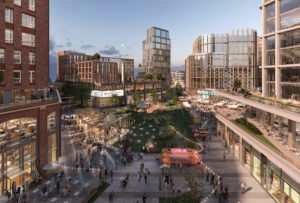
Brabazon – CGI courtesy of YTL Developments
Key is ensuring that homes are spacious, benefit from private or shared outdoor space, good access to public open space, shops and other services, tied together by green, active, diverse, safe and well-connected streets and spaces – basically the 15-minute city/20-minute neighbourhood principles. Infrastructure must improve in parallel with development, to ensure everyone benefits, not just the developers or residents of the development. This includes the delivery of affordable housing, but also affordable workspace, artists studios, community space and cultural facilities, which are often squeezed out by higher value uses. Good examples abound, often off the back of curatorial approaches to development, including meanwhile uses and tactical urbanism to create a buzz and in turn, longer-term value growth.

Kings Cross Central – Where density, a curatorial approach to development and investment infrastructure have created a vibrant and successful new urban quarter
Harmonising these aims with one of the most competitive land markets in the UK can be challenging, but it remains critical to retaining Bristol’s famous quality of life, addressing climate goals, addressing inequality and ultimately keeping the public on side. That’s why the variety of players in the market is also important as we stare down the barrel of a recession. These include the Council’s own housebuilding programme through Goram Homes, community-led housebuilding, housing associations, build-to-rent and other non-traditional developers, who in taking a long-term approach, are prepared to take a short-term hit to build value (social, economic, environmental), over time.
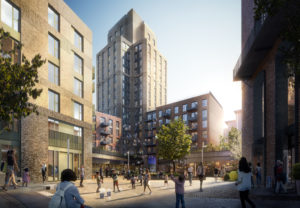
CGI of Soapworks (image courtesy of Socius) – Where density is supporting good placemaking
But it is a challenging conundrum to overcome, not least politically, with the Mayor’s bold stance on some development-related issues and projects undoubtedly contributing towards the result of the Mayoral referendum in May. Nonetheless, it is important for the Council, in its present and future forms – to continue to be bold, and recognise that for Bristol to house its residents, stay competitive, achieve its climate and ecological objectives and ultimately do more with less, it needs to embrace density.
Please let us know if you would like us to provide any representations on the Local Plan Review consultation, which runs until Friday 20 January 2023
¹ Knight Frank, Focus on: Bristol 2022

